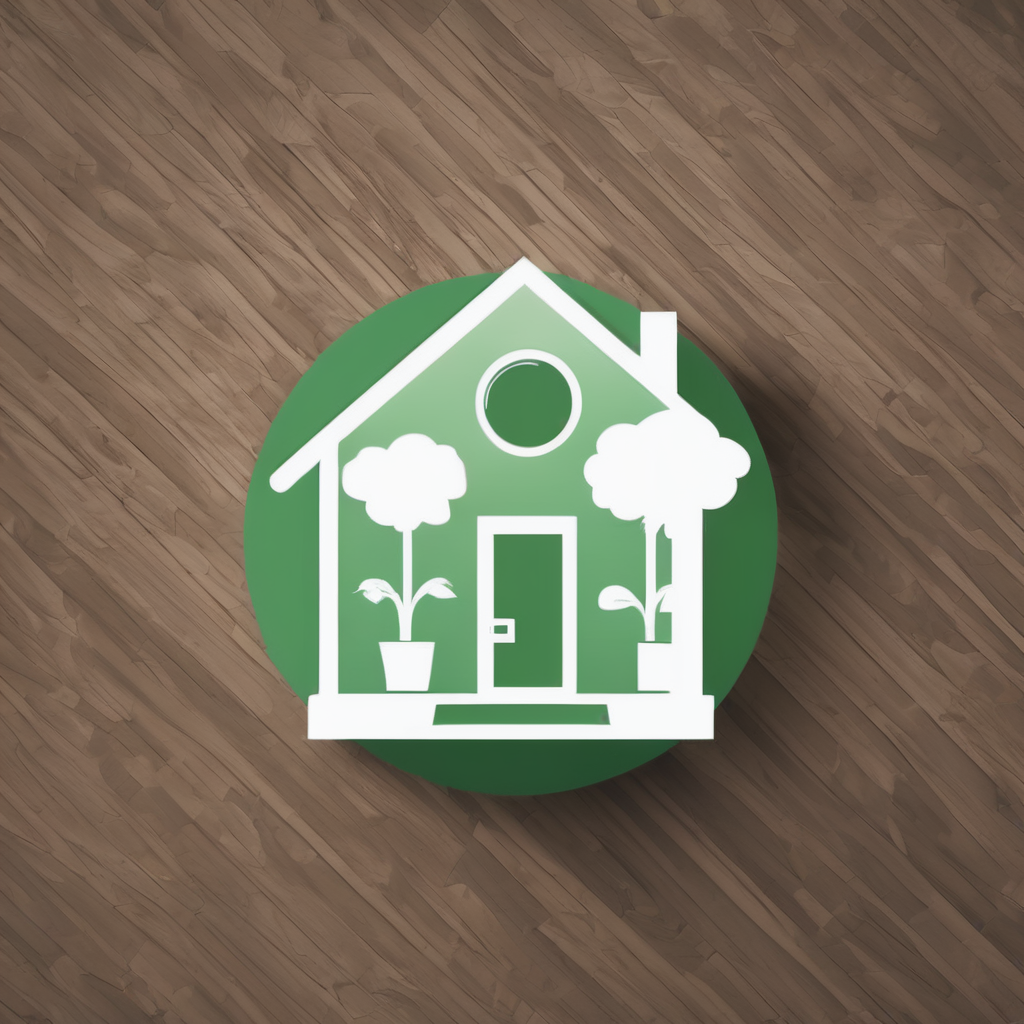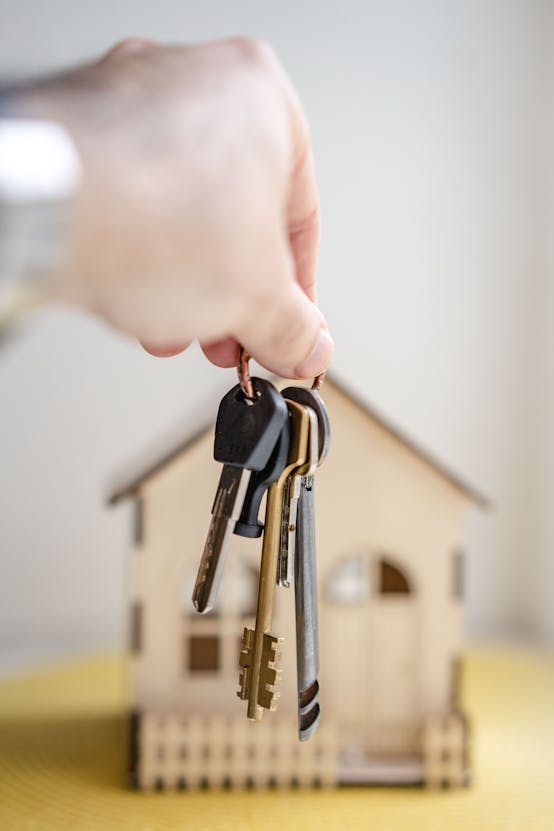Principles and Foundations of Sustainable Home Design in the UK
Sustainable home design UK fundamentally revolves around creating eco-friendly homes that minimize environmental impact while maximizing energy efficiency and occupant comfort. At its core, sustainable architecture in the UK integrates principles such as energy conservation, use of renewable resources, waste reduction, and indoor environmental quality.
One essential principle is the use of locally sourced, sustainable materials adapted to the UK’s unique climate. Materials like timber from sustainably managed forests and recycled brick or stone reduce carbon footprints. Additionally, technologies such as high-performance insulation, triple-glazed windows, and heat recovery ventilation systems are prevalent in UK sustainable homes to tackle energy losses caused by the cooler, damp climate.
Also read : How Can Sustainable Architecture Transform UK Homes?
UK geography and weather patterns play a significant role. For example, designs must account for frequent rain and low sunlight hours, emphasizing moisture control and maximizing natural light through window placement and building orientation. This approach ensures that eco-friendly homes maintain energy efficiency year-round while adapting to regional variations.
Thus, sustainable architecture within the UK context is not just about green materials, but about a holistic approach, tailoring designs to local environmental conditions and leveraging appropriate technologies to build truly sustainable homes.
Also read : What Are the Essential Home Features for Modern UK Living?
Environmental and Lifestyle Benefits
Understanding the energy efficiency of modern robot hoovers reveals their significant role in reducing household energy consumption. Unlike traditional vacuum cleaners that often require extended use and higher power, many robot hoovers operate with optimized energy settings, which translates into lower electricity bills and a smaller carbon footprint. Their ability to clean autonomously and systematically means less wasted power and effort, benefiting both the environment and your wallet.
Beyond energy considerations, robot hoovers contribute to healthy living environments by maintaining consistent cleanliness levels. They effectively reduce dust, pet dander, and allergens, which enhances indoor air quality and supports respiratory health. This is especially valuable for households with asthma sufferers or allergy-prone individuals demanding cleaner air to breathe.
In terms of long-term cost savings, investing in a robot hoover can yield measurable benefits over time. Energy-efficient models decrease electricity costs, and by preserving floor surfaces through regular maintenance, they also help homeowners avoid costly repairs or replacements. These devices create a synergy of environmental responsibility, health benefits, and financial prudence, making them a smart choice for the modern household.
UK Examples and Real-Life Case Studies
Exploring UK case studies reveals inspiring examples of sustainable home transformations that showcase practical ways to enhance energy efficiency and reduce carbon footprints. One prominent trend among these UK green homes is the integration of renewable energy sources such as solar panels combined with improved insulation techniques. This approach not only conserves energy but also lowers utility bills substantially.
Measurable changes in these living spaces often include significant reductions in heating demand and electricity consumption. For instance, retrofitting an older property with double or triple glazing windows and upgrading to smart heating controls contributes to a more stable indoor climate and minimized energy waste. Homeowners report an average 30-50% decrease in their energy use following such upgrades, underscoring the effectiveness of well-planned sustainable home transformations.
Testimonials offer valuable insights into the homeowner experience. Many emphasize the importance of thorough planning and professional advice during the renovation process. They also highlight increased comfort levels and a sense of contributing positively to the environment. These real-life accounts underscore how UK green homes balance ecological responsibility with modern living needs, setting a clear example for others interested in sustainable home improvements.
Practical Strategies for Homeowners
Making sustainable upgrades to your home doesn’t have to be overwhelming or prohibitively expensive. The key lies in thoughtful, eco-friendly renovation UK approaches that integrate retrofitting homes with affordable, accessible solutions. Start by conducting an energy audit to identify areas where insulation, lighting, or heating can be improved efficiently. Installing double-glazed windows or upgrading to energy-efficient boilers are excellent initial steps that reduce energy consumption and lower utility bills.
For those considering more advanced retrofitting homes options, incorporating renewable energy sources such as solar panels can offer long-term savings and environmental benefits. Many UK homeowners find that combining these upgrades with water-saving devices and eco-friendly materials leads to a more comfortable and sustainable living space without sacrificing style or function.
Partnering with certified professionals experienced in eco-friendly renovation UK standards ensures your upgrades comply with regulations and maximize environmental impact. These experts can provide tailored recommendations and manage permits, making the process smoother and more cost-effective. Engaging professionals early in the planning phase means your sustainable design choices will be practical, budget-conscious, and result in a home that is both resilient and green.
Regulations, Incentives, and Policy Landscape
Understanding the UK sustainability regulations is crucial for anyone looking to build or retrofit a home with eco-friendly practices. These regulations set the standards for energy efficiency, water usage, and materials, aiming to reduce the environmental impact of new and existing housing. The government enforces these through building codes and compliance checks, ensuring that homes meet mandatory green home standards UK-wide.
Homeowners should also be aware of various government incentives designed to support sustainable housing projects. These include grants, low-interest loans, and tax reliefs aimed at making green upgrades more affordable. For example, financial incentives often cover renewable energy installations, insulation improvements, and other energy-saving measures, making it easier and more cost-effective to comply with the green home standards UK initiatives promote.
Additionally, planning permissions play a significant role in ensuring these standards are met. Any new construction or major retrofitting project typically requires approval that confirms compliance with UK sustainability regulations. This oversight helps maintain consistent environmental benefits from each property development. Understanding how these permissions intersect with incentives and regulations ensures homeowners and builders can navigate the process smoothly and with confidence.


